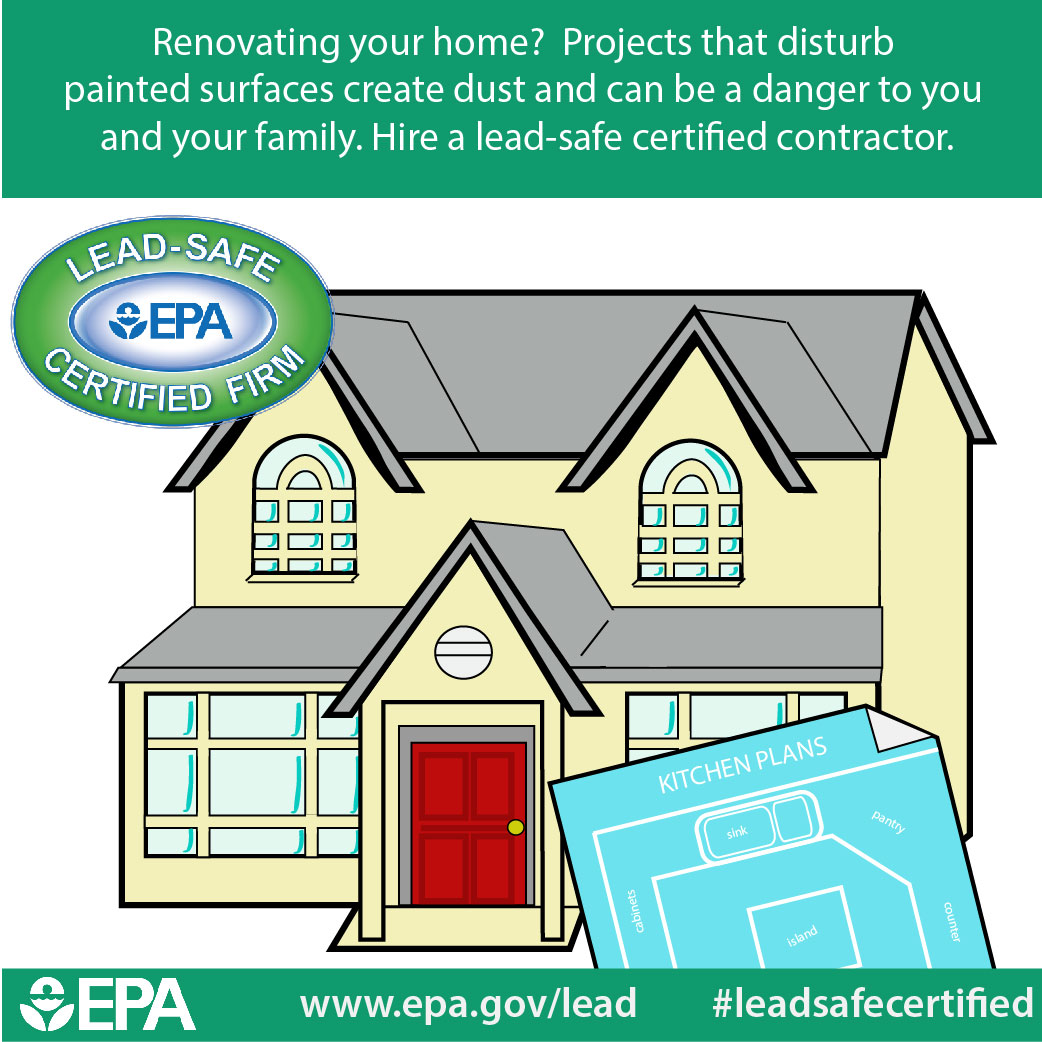Obtaining Your Wall Surfaces Ready For A Smooth Paint Application
Obtaining Your Wall Surfaces Ready For A Smooth Paint Application
Blog Article
Published By-Abrams Haugaard
Attaining a flawless paint work begins with careful wall surface preparation. From completing flaws to priming surfaces, each action plays a critical duty in the last result. However what about cabinet painting and sides that can make or damage the general look? Remain tuned to discover experienced suggestions on exactly how to navigate these tough areas with finesse, ensuring a smooth surface that will certainly raise your room to new heights of elegance.
Wall Surface Maintenance
Checking wall surfaces for any kind of imperfections and quickly resolving them through needed repairs is critical for accomplishing a smooth and remarkable paint job. Before beginning the paint process, carefully check out the walls for splits, openings, damages, or any other damage that could affect the outcome.
Begin by filling out any fractures or holes with spackling substance, enabling it to completely dry completely prior to sanding it down to produce a smooth surface. For larger dents or damaged locations, think about making use of joint substance to guarantee a seamless repair service.
In addition, check for any kind of loosened paint or wallpaper that might need to be eliminated. Scrape off any type of peeling off paint or old wallpaper, and sand the surface to develop an uniform structure.
It's additionally important to inspect for water damage, as this can lead to mold development and affect the bond of the new paint. Resolve any type of water spots or mold with the proper cleaning options prior to proceeding with the painting procedure.
Cleaning and Surface Area Preparation
To ensure an immaculate and well-prepared surface area for paint, the following step includes extensively cleaning up and prepping the wall surfaces. Begin by cleaning the wall surfaces with a microfiber cloth or a duster to get rid of any kind of loosened dust, cobwebs, or debris.
For even more stubborn dirt or gunk, a service of moderate detergent and water can be made use of to carefully scrub the wall surfaces, adhered to by a complete rinse with tidy water. Pay unique interest to locations near light buttons, door manages, and walls, as these have a tendency to collect more dust.
After cleansing, it is important to inspect the walls for any kind of splits, holes, or flaws. These should be loaded with spackling compound and sanded smooth when completely dry. Fining https://interior-painters-near-me85061.theideasblog.com/34474275/insider-tips-for-a-smooth-collaboration-with-home-painters with fine-grit sandpaper will additionally assist create an uniform surface for painting.
Priming and Taping
Before painting, the wall surfaces ought to be keyed to make sure appropriate adhesion of the paint and taped to secure adjacent surface areas from stray brushstrokes. Priming acts as an important step in the painting process, particularly for new drywall or surfaces that have actually been covered or repaired. It assists secure the wall, creating a smooth and consistent surface for the paint to stick to. Additionally, primer can improve the longevity and insurance coverage of the paint, ultimately leading to a much more expert and long-lasting coating.
When it involves taping, utilizing painter's tape along trim, ceilings, and various other surfaces you intend to secure is essential to accomplish tidy and crisp paint lines. Painter's tape is created to be conveniently used and gotten rid of without harming the underlying surface or leaving behind any kind of deposit. Take the time to appropriately tape off areas before repainting to save on your own the inconvenience of touch-ups later on.
Verdict
In conclusion, effectively preparing your walls before paint is vital for accomplishing a flawless finish. By checking for flaws, cleaning completely, topping the surface area, and making use of painter's tape for tidy lines, you can guarantee a professional-looking paint task.
Taking the time to complete these steps will lead to a smooth and long-lasting surface that boosts the general look of your space.
